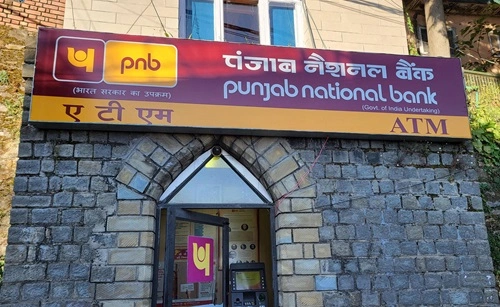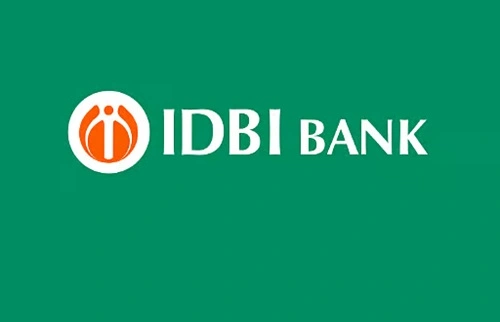Yes, Punjab National Bank (PNB) is a nationalised bank. That’s not it though, after a couple of decades of being nationalised, now, PNB actually is the 3rd largest public sector bank by market cap size as of May 2025 with government ownership being around 70.08%.
A Quick Look at the History of PNB

Not a lot of people know this, but yes, PNB began in Lahore on 19th May 1894, with founders being noted Indian gentlemen such as Lala Lajpat Rai and Diya Singh Majithia. The intent in Namak was to make a bank for Indians, with Indian money in mind. Its first branch was opened in April 1895; thereafter, openings for other branches took place in Karachi, pre-world, and Peshawar.
And once the partition between India and Pakistan happened, the PNB head office was finally shifted to New Delhi, and that’s how we got one of the biggest public sector banks in the country right now. Though in its history, there have been some big mergers such as:
- Bharat Bank, Universal Bank of India, and Indo-Commercial Bank (1950s to 60s)
- Hindustan Commercial Bank in 1986
- New Bank of India in 1993
- Nedungadi Bank in 2003
And then, in the year 2020, we saw PNG go with the merger of Oriental Bank of Commerce and United Bank of India, making it a still bigger bank in India, and that was one of the big highlights in this bank’s history in recent times.
Current Financial Position of PNB
In the quarter ended on 31st March 2025, PNB recorded a net profit of ₹4,567 crores, registering 52% higher than the same period of last year. The total income for the quarter stood at ₹36,700 crore.
The bank has also improved when it comes to bad loans:
- Gross NPA is now down to 3.95%
- Net NPA is just 0.4%
Other than that, just so you know, PNB’s capital adequacy ratio is close to 17%, which means it is set for future growth and not many factors will hinder that.

